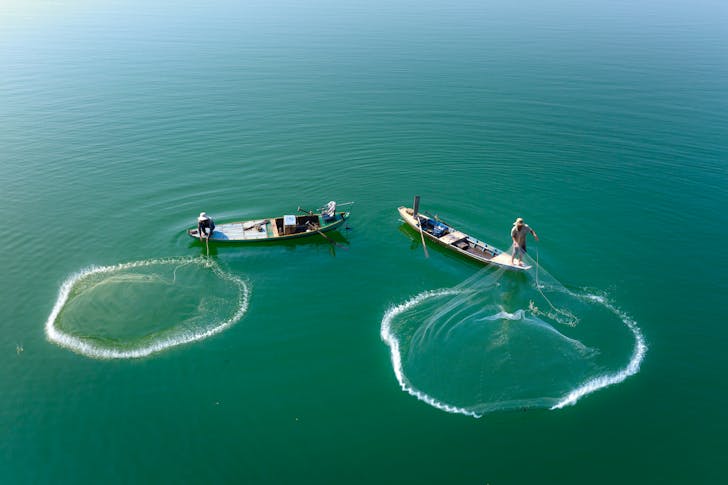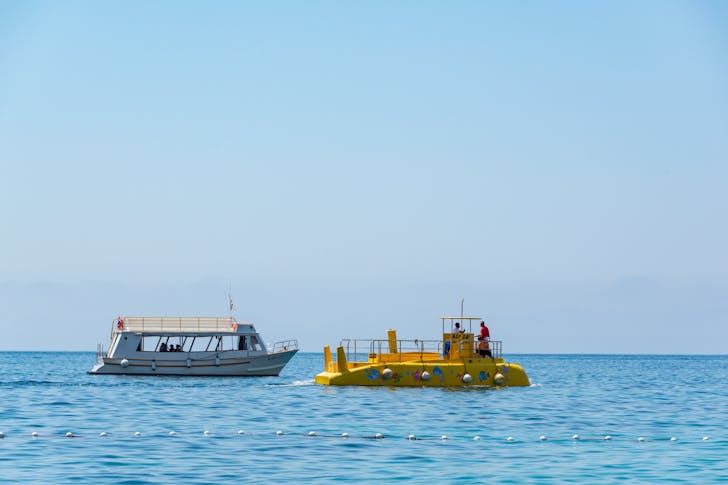In the bustling world of water sports and leisure boating, the waterways are busier than ever. This increase in activity has heightened the risk of collisions, particularly with fishing boats. These vessels often extend lines and nets far into the water, creating potential hazards not immediately visible to other boaters. So, how should you pass a fishing boat? Knowing the right way to navigate around these boats is not just a matter of etiquette; it’s a critical safety measure.
How Should You Pass a Fishing Boat? 6 effective ways
1. Identify the Fishing Boat’s Orientation
The first step in passing a fishing boat safely is to assess its orientation and the direction of any cast lines or nets. This will help you determine the safest side to initiate your passing maneuver. Fishing boats may not always be facing the direction of their gear, so careful observation is necessary to make the right decision.

2. Communicate Your Intentions
Once you have determined the safest passing side, it’s essential to communicate your intentions to the fishing boat. If passing on the starboard (right) side, signal your intentions with one short horn blast, which should be answered with the same from the fishing boat, indicating their acknowledgement and consent. If circumstances require passing on the port (left) side, use two short blasts instead and wait for a corresponding signal back.
3. Maneuver to the Starboard Side
The generally accepted method of passing is on the starboard side. This method is analogous to driving rules on the road and helps maintain a uniform flow of traffic on the water. Maneuver your boat to the right side of the fishing boat, ensuring that both vessels will pass port to port or the left side to the left side, which is the standard practice unless otherwise communicated.

4. Maintain a Safe Speed and Minimize Wake
As you pass the fishing boat, it’s crucial to maintain a controlled, safe speed and keep your wake as minimal as possible. A high wake can cause significant disruption to the fishing boat, potentially leading to accidents or injuries. Reducing your speed as you pass also demonstrates consideration and respect for the fishing vessel and its crew.
5. Monitor the Situation and Adjust as Needed
Even after you have passed the fishing boat, keep monitoring the situation until you are clear of any potential hazards, such as extended lines or nets. Be prepared to adjust your course or speed if the situation changes suddenly, such as if the fishing boat starts to move or other boats enter the vicinity.

Safely passing a fishing boat involves more than following rules—it requires a proactive approach to safety and respect for all users of the waterways. By maintaining awareness and prioritizing communication, you ensure not only your safety but also the well-being of those around you.

